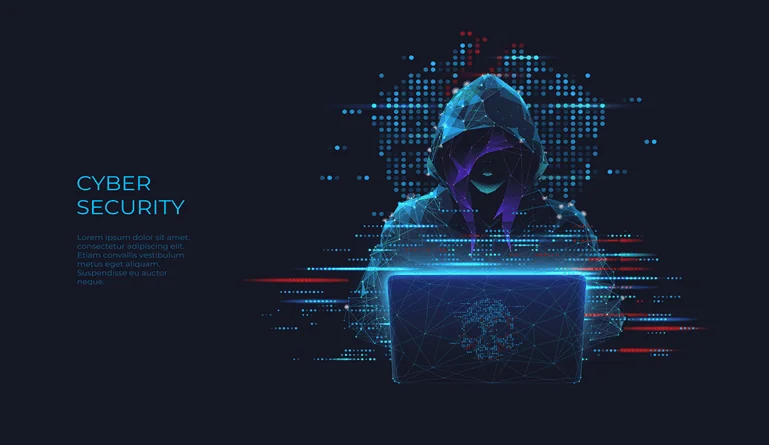Cybercriminals are leveraging generative AI to create increasingly sophisticated phishing attacks that are becoming harder to detect. This technological advancement has forced organizations to rethink their cybersecurity training approaches while carefully balancing the legal and ethical implications of their simulation exercises.
Recent findings from Accenture’s Pulse of Change research highlight the growing concern among business leaders, with nearly half of C-suite executives (47%) expressing serious apprehension about the escalating risks of cyber attacks and data breaches. Their worry is well-founded, as AI-powered phishing has emerged as a formidable threat, capable of producing hyper-realistic emails, text messages, and even deepfake voice notes that can deceive even the most vigilant employees.
The evolution of these attacks has moved beyond traditional email-based schemes. Today’s cyber criminals are expanding their reach across multiple trusted platforms, crafting messages with impeccable grammar and spelling that make conventional red flags increasingly difficult to spot. Their primary motivation remains financial gain, achieved through various means: from directing victims to fraudulent websites and requesting personal information to impersonating senior leadership to manipulate employees into sharing sensitive data, money, or credentials.
The stakes are particularly high for organizations, as successful phishing attempts can result in severe disruption, significant financial losses, and long-lasting reputational damage. This has led to an increased focus on employee education and training, with many companies implementing sophisticated simulation exercises to prepare their workforce for potential attacks.

However, the implementation of these training programs has raised new challenges. Many organizations have traditionally relied on simulating phishing attempts by mimicking well-known consumer brands, particularly delivery companies, due to their familiar communication patterns and regular requests for personal information. These companies make ideal targets for social engineering due to their consistent use of tracking links and routine customer communications.
Yet this approach has come under scrutiny due to potential legal complications. Organizations conducting these simulations without proper authorization risk intellectual property theft claims and may inadvertently damage the reputation of the brands they’re impersonating. This has led to a shift in training methodologies, with some companies opting to focus on internal simulations instead, using scenarios based on communications from their own finance, legal, or HR departments.
In response to these evolving threats, organizations are increasingly turning to AI itself as a defensive tool. Platform companies and hyperscalers are developing and implementing AI-powered security features within their environments. One particularly effective approach is AI-powered “red teaming,” a cybersecurity technique that simulates attacks to evaluate employee responses. As regulations continue to evolve, such penetration testing is likely to become mandatory for organizations seeking to maintain robust cybersecurity postures.
Despite the sophisticated technological solutions available, human judgment remains a crucial line of defense. Effective training programs not only help employees recognize and report suspicious communications but also encourage them to trust their instincts. This includes questioning whether communication patterns align with typical sender behavior, verifying the legitimacy of contact platforms, and being mindful of unusual requests for personal information.
The human factor extends beyond just training and awareness. Organizational culture plays a significant role in cybersecurity effectiveness. Companies are recognizing that employee well-being directly impacts their security posture. Tired, overworked employees operating in an “always-on” environment are more likely to make mistakes and click on suspicious links. This has led to a growing emphasis on reducing alert fatigue and burnout as part of comprehensive cybersecurity strategies.
The path forward requires a delicate balance between technological defenses and human awareness. While AI-powered attacks may be increasingly sophisticated, the most effective defense combines advanced security tools with well-trained, vigilant employees who understand the risks and act mindfully. Organizations must foster a culture of security awareness while ensuring their training methods respect legal and ethical boundaries.
As we continue to navigate this evolving threat landscape, it’s clear that success in combating phishing attacks requires a multi-faceted approach. Organizations must invest in both technological solutions and human capital, creating comprehensive security frameworks that can adapt to new threats while maintaining ethical training practices. The future of cybersecurity lies not in technology alone, but in the thoughtful integration of AI-powered tools with human intelligence and awareness.
In this ongoing battle against cyber threats, organizations that can successfully blend technological sophistication with human intuition, while respecting ethical boundaries in their training approaches, will be best positioned to protect their assets and reputation in an increasingly complex digital landscape.
















Add Comment